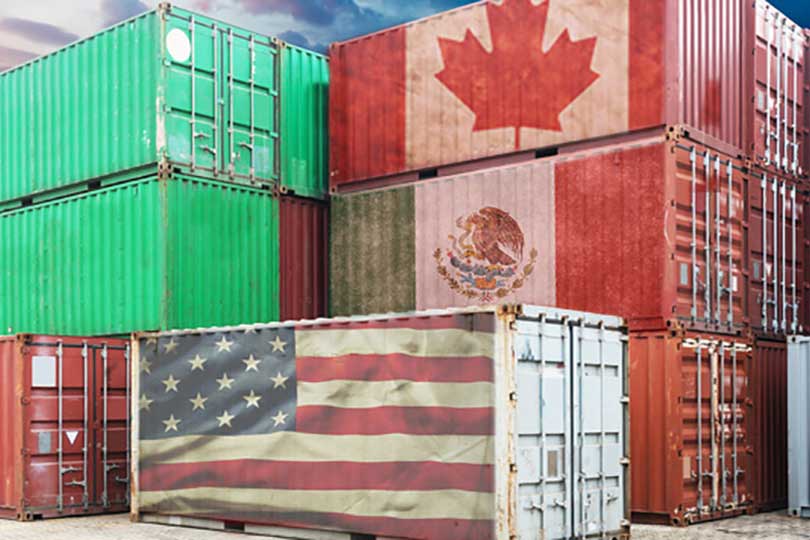The United States-Mexico-Canada Agreement (USMCA) could provide relief to farmers and ranchers, but several steps remain before the agreement goes into effect.
The trade deal has been signed by the three member countries, but still faces a long road before agriculture can reap the benefits of the trade deal.
Replacing the North American Free Trade Agreement, the deal must be approved by the governments of all three nations. There are several steps that must take place before consideration by the U.S. Congress, according to David Salmonsen, senior director of Congressional Relations for the American Farm Bureau Federation.
“There’s some required reports. The International Trade Commission is required to do a report about the economic impacts. That’s due mid-March next year,” he said. “And then the administration has to send up what’s called an implementing bill. Congress doesn’t vote on the agreement. They vote on a bill which makes the changes to U.S. law to make the agreement come into effect.”
With the agreement signed, there are few ways lawmakers can offer changes to the agreement.
“The agreement’s the agreement, and it’s signed. There really is no opportunity to go in and change things,” Salmonsen said. “There can be what are called side letters, the implementing bill could make some accommodation for issues. Of course, we’ll have a change of leadership in the House, and they’ll probably have their ideas of what they want to see in a reworked NAFTA. So, there will be some of those discussions as we go on.”
Salmonsen noted finalization of the free trade agreement continues valuable trade relationships.
“Along the way, of course, there was some specific issues, especially with Canada, trying to get some more access to their very tightly controlled dairy and poultry markets. That came down to increasing quota access,” he said. “The best trade is trade with the neighbors. It’s certainly the most efficient. So, we want to see that continue, and USMCA does continue all that.”

